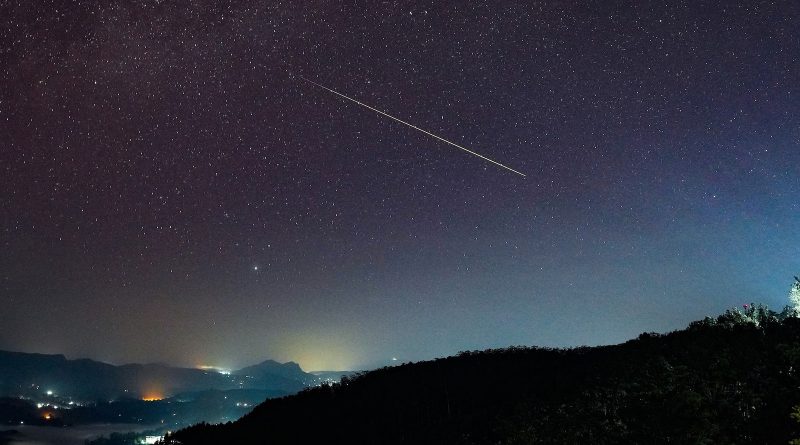How to View the Peak of the Perseid Meteor Shower
The upcoming remarkable celestial event is expected to occur late on Sunday night and is anticipated to be one of the most breathtaking meteor displays of 2024.
Occurring annually from late July to mid-August, the Perseid meteor shower is projected to reach its peak on the night of Sunday, August 11, and early Monday, August 12, as per NASA.
Representing one of the most abundant meteor showers in the Northern Hemisphere, the Perseids exhibit approximately 50 to 100 meteors per hour, as reported by NASA.
Alongside the abundant display, the Perseids — named after the constellation Perseus — are renowned for bringing fireballs, vivid colors, and lengthy meteor tails to the night sky.
“Fireballs are larger explosions of light and color that can endure longer than an average meteor streak,” according to NASA.
Observers in the Southern Hemisphere, from the equator to mid-latitudes, will still catch a glimpse of the meteor shower, albeit less prominently than in the northern regions.

Regrettably, the agency points out that the visibility of the meteor shower this year will be “slightly affected” by the Moon, which will be in a waxing phase at 53%, contributing more luminosity to the sky and diminishing the view.
The optimal time to observe the Perseids will be post-Midnight, becoming more prominent as the sky darkens, according to NASA.
Furthermore, individuals viewing the shower in secluded areas, far from urban lights, will have the greatest opportunity for a clear view, as per NASA.
MORE: NASA says star studied for decades is actually twin duo: ‘Our jaws dropped’
- Police in Jharkhand Report 3-Year-Old Student Raped by 30-Year-Old School Van Driver
- Canadian Woman Purchases Hermes Bag for Rs 580 from Thrift Store and is Surprised by What Follows

